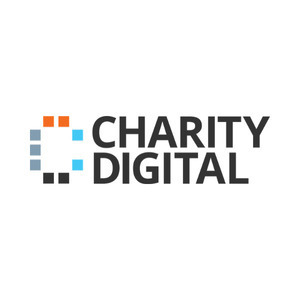Insights
INSIGHTS
All Topics
How does your CRM platform stack up against the rest?
20 Jun 2024by Josie Sparling
We explore the findings of Fundraising Magazine’s annual CRM survey to reveal the best charity CRMs in 2024 based on user feedback, and the key steps to changing your supplier
Customer Relationship Management (CRM) systems help charities manage the data involved in achieving their mission. Though they have been largely used in the charity sector as a tool for fundraising, CRM offerings have expanded to manage all types of data to support charity operations and service delivery.
But some charities face challenges in identifying and making the leap to the best CRM for their purposes. In this article, we reveal the top CRMs of 2024 and explore how best to make the switch.
CRM satisfaction in 2024
Fundraising Magazine’s survey asked more than 500 respondents to rate satisfaction with their CRM software and its supplier, covering everything from cost to customer support, ease of use and more. Beacon achieved the highest overall satisfaction scoring an impressive 4.8 out of 5. This was followed by CiviCRM, Harlequin, and Donorfy.
The article also explores how often charities conduct reviews of their CRM platforms, with the largest portion (38%) reviewing theirs every 3-5 years.
How to switch CRMs
The survey revealed a widespread reluctance for charities to change which CRM system they use, even when dissatisfied with their current system. This is because many charities expect the process to be time-consuming and costly. While 43% of respondents described the transition as “smooth”, 32% felt “some disruption" while 4% felt that it was “hugely disruptive” So how can charities ease the process?
Make priorities clear
Identifying priorities upfront helps to simplify the process of switching your CRM. To do this, clearly note down the key requirements for your new CRM system, such as functionality and price.
Using this information, create an implementation plan to decide on your new CRM with clear goals and objectives for each phase. Phases include researching the different CRM options, ranking them against your criteria, trying them out on demo accounts, and talking through your needs with suppliers.
This approach was taken by Charity IT Leaders. Its CEO Tree Hall recalls: “This helped us stay focused on the priorities and not get sidetracked by ‘magpie’ moments when we saw a bright and shiny opportunity within the system – and keep the project to plan.”
Look out for an innovation roadmap
To give your new chosen CRM system the best chance of longevity at your charity, find out about the supplier’s approach to staying on top of technological change. If suppliers are constantly improving, it will be likely for the CRM to meet the charity’s needs long-term.
Bring together different teams
To make sure the CRM benefits the whole team, it’s a good idea to work with colleagues to clarify needs and make decisions. When childhood safety and education charity Street Child changed their CRM, they brought together an internal working group with colleagues from fundraising and finance, says Director of Finance and Resources Sarah Noak.
Cross-team collaboration can also help you use a new CRM as an opportunity for success in multiple parts of the charity’s operations.
Beacon CEO, Chris Houghton, reflects: “An effective CRM gives charities a full, unified view of their whole operation by managing everything under one roof, and making it super simple to segment, filter, and report on. While charities often use CRMs for one specific operation, such as fundraising, a good CRM is much more than a one-trick pony.”
Read the full article
Click above to read the article about the best CRMs in 2024 and the benefits and barriers to an upgrade
Josie Sparling
More on this topic
Recommended Products
21 Mar 2025by Christine Chiu
How to make the most of a conference
20 Mar 2025by Ioan Marc Jones
Why charities need to centre service users
Our Events
Charity Digital Academy
Our courses aim, in just three hours, to enhance soft skills and hard skills, boost your knowledge of finance and artificial intelligence, and supercharge your digital capabilities. Check out some of the incredible options by clicking here.


















